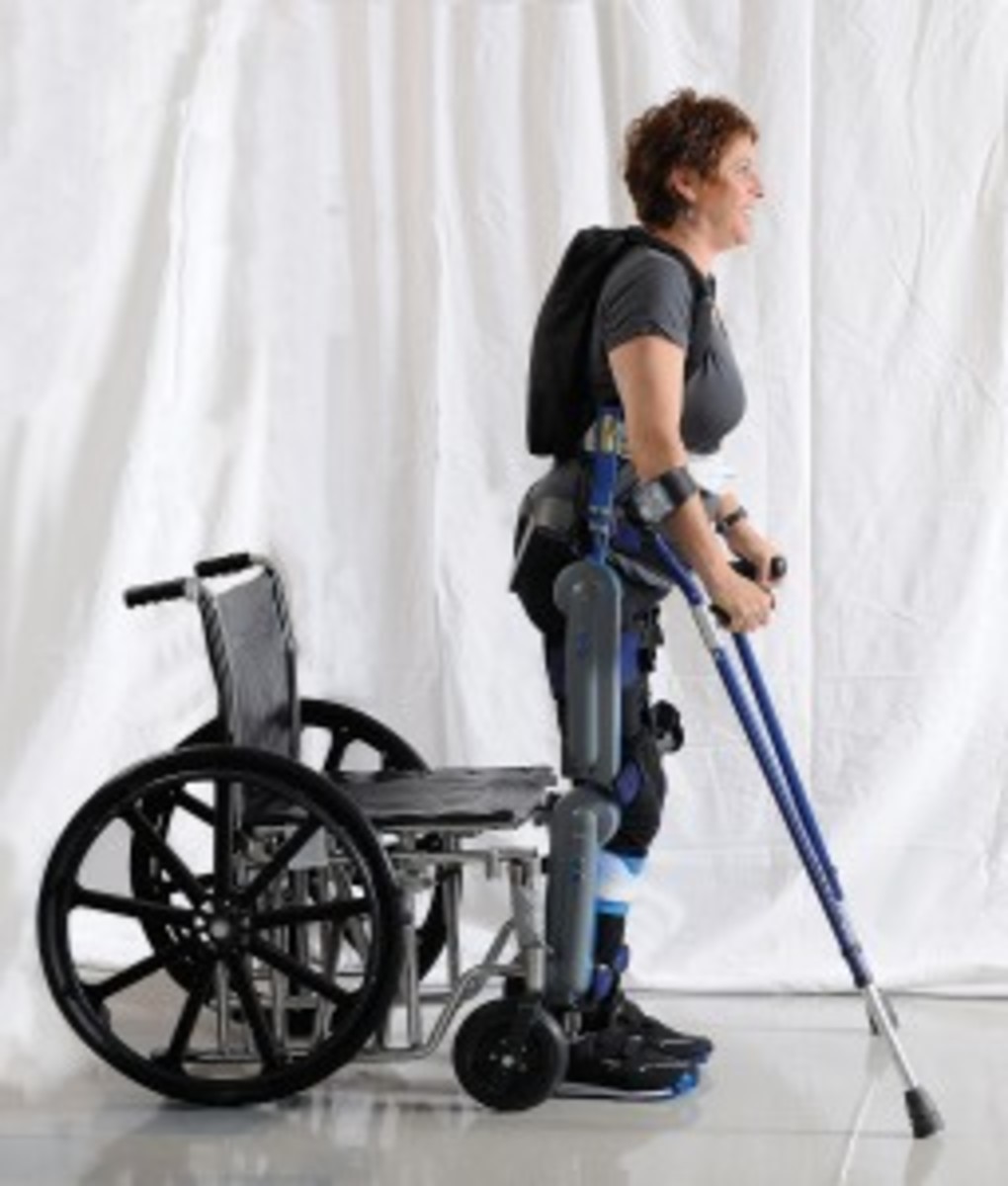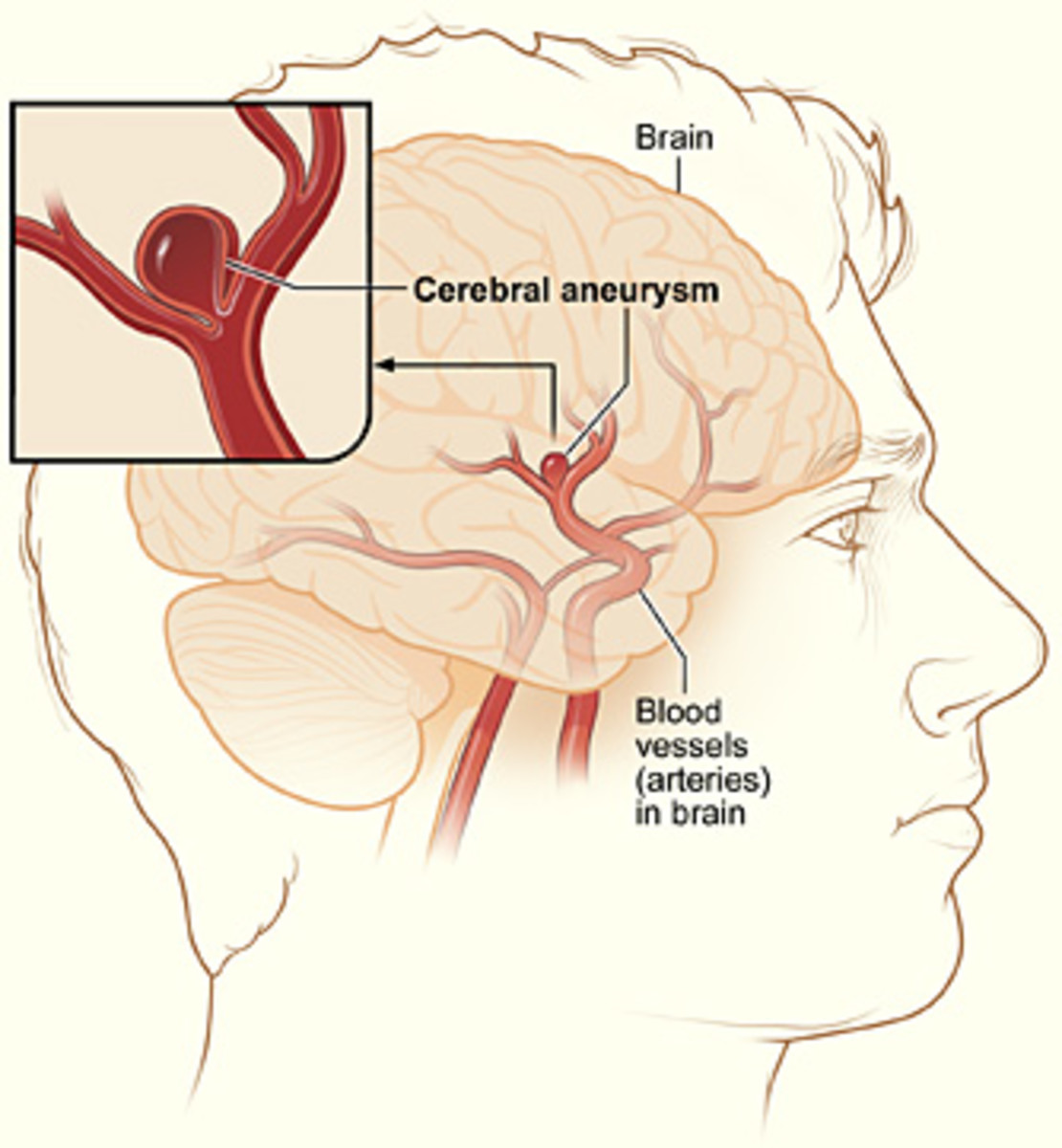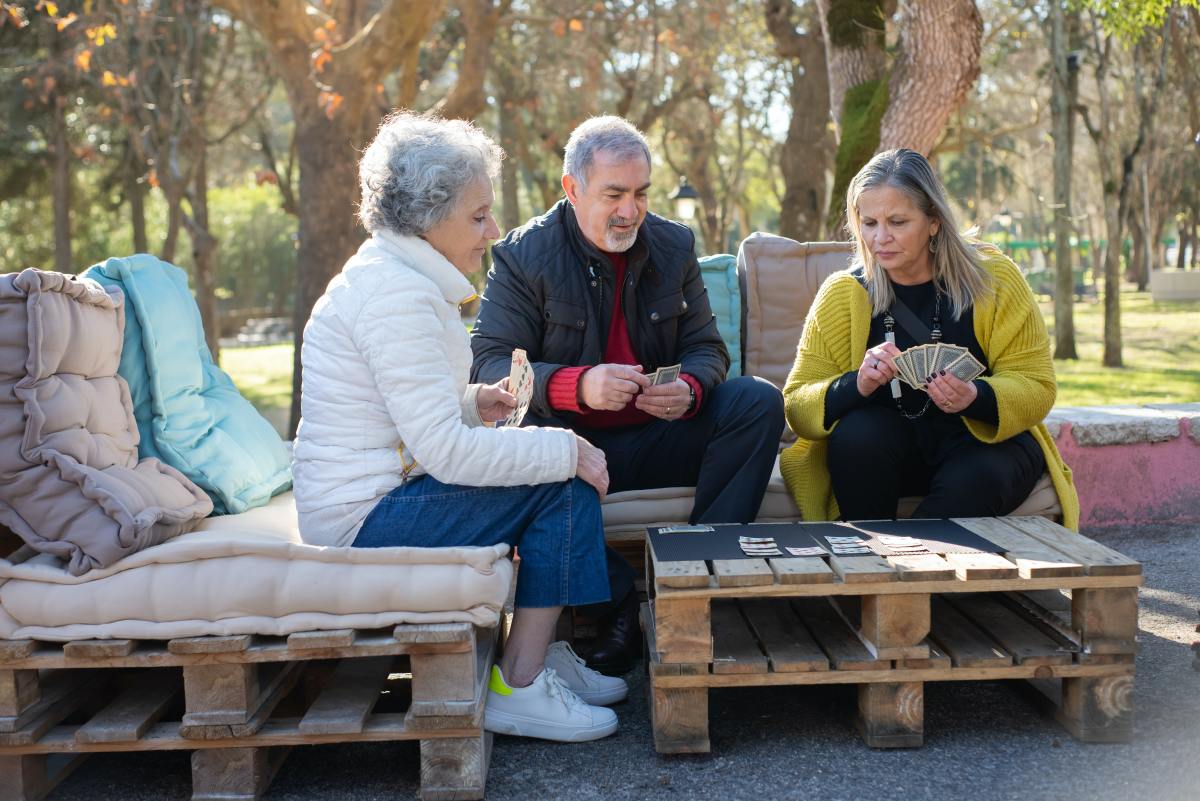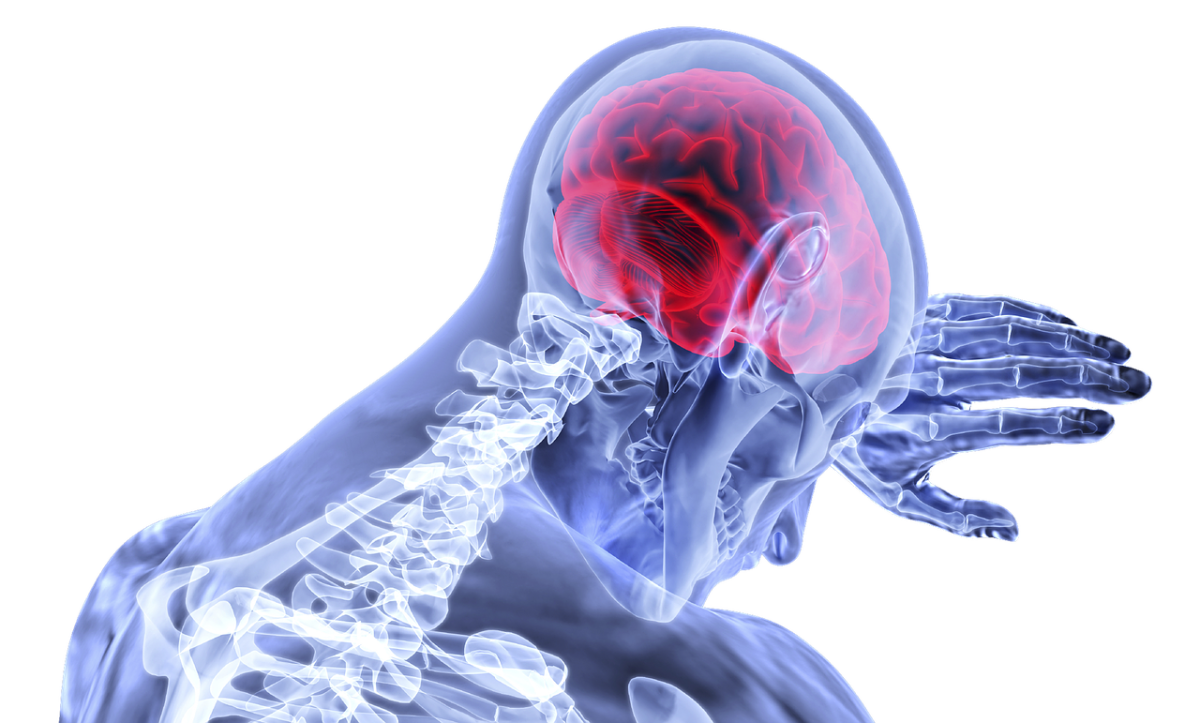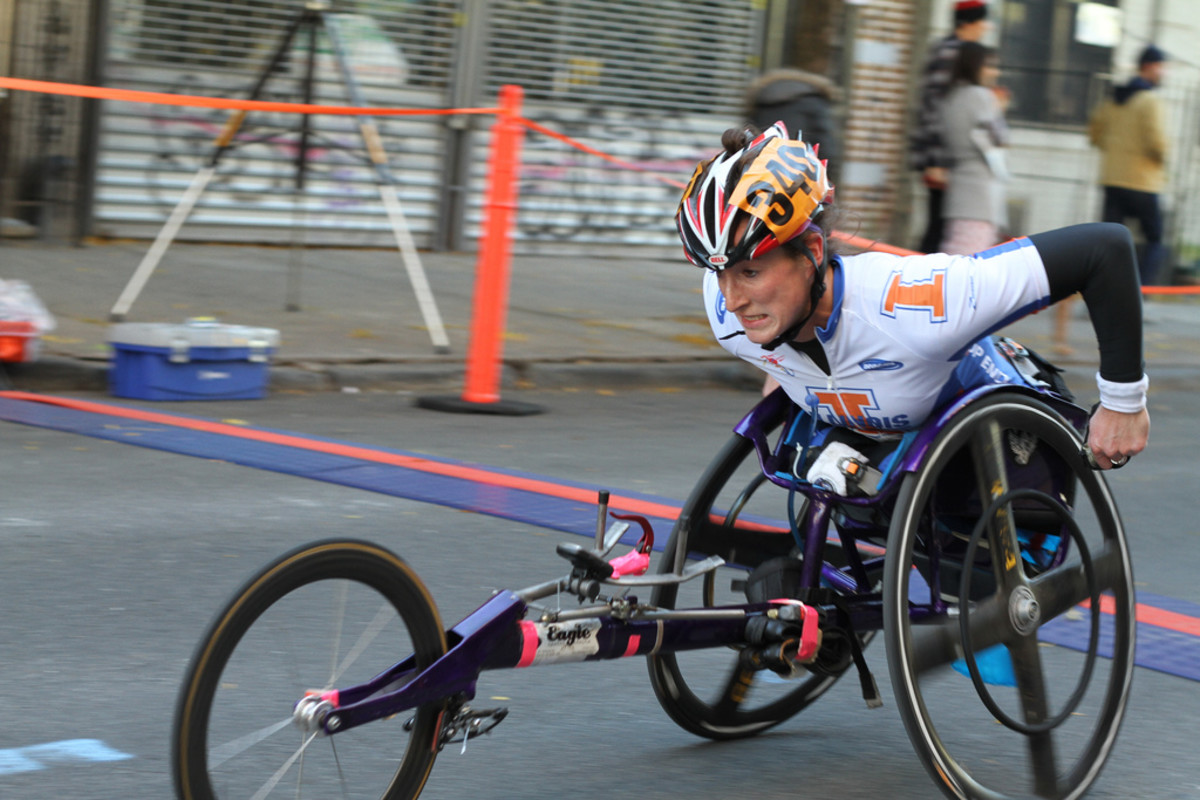How to Survive a Stroke
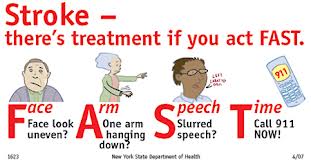
What is a Stroke?
A stroke is what happens when blood vessels carrying oxygen to the brain suddenly burst or become blocked and the oxygen supply is cut off, leaving brain cells to die.
Brain cells must have oxygen and other nutrients in order to function.
Blood is pumped continuously from the heart to the brain via arteries. Inside the brain these arteries continue to branch into smaller and smaller arteries and then eventually into tiny vessels called capillaries.
These thin walled vessels supply the nutrients to millions of nerve cells in the brain and when this continued blood flow stops or is disrupted a stroke occurs.
There are a number of different strokes depending on whether the blood supply has been stopped by a blocked vessel or a hemhorrage.
Each stroke has a different kind of treatment as long as the doctors can identify where it has come from.
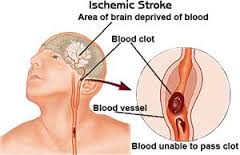
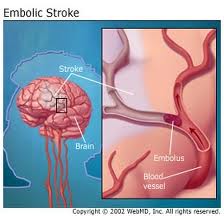
Ischemic Stroke
This is caused by a blocked blood vessel - thrombotic and embolic.
Thrombotic: This is the most common.
A blood clot forms inside an artery in the brain, blocking blood flow. It often occurs in the arteries that transfers blood from the heart to the brain.
Most clots are formed by fatty deposits building up on the artery walls and project into the bloodstream. These gradually narrow the passageway causing blood to slow down and sometimes completely block the arteries.
Embolic: This is also caused by a clot but this does not come from the brain it originates from somewhere else. A piece of the clot breaks off into the bloodstream and heads over to the brain by travelling through arteries which eventually reach a point where it can go no further and they block the vessel cutting off the blood supply. It is a sudden blockage called an embolism.
An ischemic stroke is also known as a cerebral infarction or tissue death.

Hemorrhagic Stroke (Cerebral)
This is caused by a blood vessel in or around the brain rupturing and spilling the blood into the brain or around it. The cells do not get their nutrients and cease to function properly.
The accumulated blood from the ruptured artery clots disrupting brain function.
This is usually occurs in people with high blood pressure.
There are two main types:
Subarachnoid: Bleeding occurs in the space between the brain and the skull.
Intracerebral: An artery in the brain bursts and surrounds the brain tissue with blood.
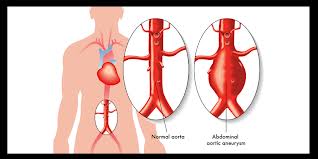
Aneurysms
An abnormal buldging of a blood vessel in the brain or a cluster of abnormal blood vessels.
The weak spot in the vessel wall can be stretched out over years by high blood pressure which eventually causes it to rupture.
Aneurysms don't cause any symptoms until they burst but they can cause seizures, neurologic problems and headaches that are not repaired with medication.
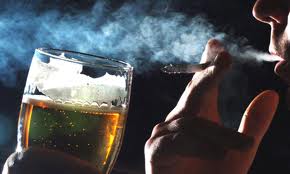
What Causes a Stroke?
A stroke can happen to anyone of any age and the stress we have today is a great contributing factor but age, family history and diabetes are some factors.
There are some controllable factors such as high blood pressure, heart disease, coronary heart disease and high cholestrol.
The main contributors are smoking, excessive alcohol intake and obesity.
Symptoms
A sudden numbness or weakness in the face, arm, leg, especially on one side of the body.
Trouble seeing in one or both eyes
Walking, talking and loss of balance or co - ordination.
Severe headache with no cause.
What to do with Symptoms
Get to a doctor immediately!!
They will take a neurological exam and blood tests, electrocardiogram, CT scan and in some cases and MRI.
The numbness is a sign of a stroke to come and if you can get to a hospital quickly it might save you from having the stroke.
How to Recover
Medication, surgery and rehabilitation will help with recovery.
Anticoagulants and antiplatelet agents help prevent the formation of blood clots.
Surgery can be done on to treat acute stroke or to repair malfunctioning blood vessels in the brain.
Physical therapy, occupational therapy and speech therapy.
If treated immediately these things will help with a recovery of a stroke.
A stroke can effect the entire body and the effects of a stroke can be mild or severe and in severe cases can cause permanent paralysis, speaking, thinking and emotional problems.
Recovery requires time, patience and it has to include therapy both physical and occupational as well as speech therapy.
There are ways to do it at home but it should be from a professional and it must be done religiously in order to recover completely.
Recovery is an option and you need to believe that you can and will get better.
Your body will work again!
Healthy Eating - Diet
Changing your lifestyle is IMPORTANT as you have been given a second chance and to prevent another stroke from happening you need to change your diet first.
High blood pressure or hypertension needs to be brought down and here is a diet that takes only 7 days. Your blood presure should be 140/90mmHG and it should be monitored often.
7 Day High Blood Pressure Eating Plan
DAY 1
Breakfast:
Very Berry smoothie
Lunch:
Chicken Caesar Wrap
Snack:
Hummus and veggies
Dinner:
Salmon Bake
Day 2
Breakfast:
Mushroom, Pepper and Feta Omelet
Lunch:
Chicken Grapple Salad
Snack:
Yogurt and berries
Dinner:
Turkey chili
Day 3
Breakfast:
Strawberry, banana smoothie
Lunch:
Salmon, cream cheese crisps
Snack:
Freedom foods
Dinner:
Chicken Stir fry
Day 4
Breakfast:
Yogurt and pineapple
Lunch:
Tuna crisp and broccoli soup
Snack:
Apple, almonds and cheese snack
Dinner:
Spaghetti Squash Dinner
Day 5
Breakfast:
Crystals Green Supreme Smoothie
Lunch:
Berry Chicken Salad
Snack:
Soy nuts
Dinner:
Baked vegetables with lemon and
herb Mackerel or Tilapia fish
Day 6
Breakfast:
Fiber 1 cereal with berries, flax seed,
skim milk
Lunch:
Greek salad with chicken
Snack:
Homemade trail mix
Dinner:
Turkey Leek and Sweet Potato Soup/
Casserole
Day 7
Breakfast:
Oatmeal with protein powder,
berries, flax seed and skim milk
Lunch:
Egg salad crisp, piece of juicy fruit
Snack:
Sliced veggies (celery, cucumber,
red pepper, mini carrots), almonds,
1 oz low fat cheese
Dinner:
5 -6 oz Lean Beef Steak, ½ sweet
potato, Caesar Salad
Fluids:
Fresh quality water, how much do you need? Divide your weight by 2 and that is the number of ounces you need per day.
EG: If you weigh 200lbs you need to drink 100 oz of water per day.
Keep a water bottle with you at all times.
Remember water keeps you hydrated, feeling full and helps flush out fat.
You can also drink a variety of herbal teas so long as they haven’t got sugar added.
Green tea helps with boosting the metabolism and weight loss.
Foods to Include.
Fish
Mackeril, salmon, trout, herring and tuna all have omega 3 which are essential fatty acids but avoid the tinned tuna it has to be fresh! Reduces the risk of clogged arteries.
Olive Oil keeps your blood flowing. It is a monounsaturated oil that lowers your cholestrol level.
Broccoli is full of folic acid which is a B vitamin that lowers the level of homocysteine (furring of arteries) don't overcook them.
Oranges are full of vitamin C and antioxidants which destroy free radicals.
Pears are soluble fibre which soaks up cholestrol and carries it away.
Chicken is a low source of protein
Carrots are antioxidants also fighting free radicals
Garlic and Onions keep your blood lipid and keeps your cholestrol levels down.
Cranberry or any Berrie juice is full of antioxidants and so good for anything even cancer prevention.
Beans, oats, almonds
Potassium - banana's, prunes, potato and raisins.
Food to Avoid
Salt if you must have salt than it should be 6grams per day.
Oils (LDL cholestrol) saturated - the only oil to use is olive oil otherwise DON'T HAVE ANY!
Smoked and processed Meats which are loaded with sodium
Mayonnaise, salad dressing, fried food, red meat and diet soda.
Prawns and calamari.
Also drinking alcohol is not good for you in anyway. After a stroke not even wine is good enough. The antioxidants in wine can be replaced with ones from berrie juice.
Physical Therapy at Home
Most people prefer to get therapy done from home because they feel dispondant when doing physical therapy in a room full of people in the same state.
To do therapy at home you need to get someone professional in to help before you can assume that it can be done alone.
They need to encourage you to carry on and motivate you to exercise daily.
A tennis ball is good to put into your week arm and squeeze as often as you can but get the regime from a professional therapist.
Occupational Therapy for Home
The occupational therapy can make a grown person feel stupid and it is very important to either find a therapist you are comfortable with or get someone to come over to your home.
Family members must remember that therapy is necessary in order to make a full recovery.
Building puzzles and blocks are good therapy but you need a professional to give you guidelines.
Family must remember NEVER to make fun of the process as it is humiliating enough for an adult to go back to being helpless.
Reading is good but if you can get someone to sing and use their tongue this is of great benefit in order to get them to speak again.
Speech Therapy
Naturally after a stroke movement and speech are affected and it is possible to gain back movement and the ability to speak.
It takes time and patience but it can be done with the help of a speech therapist and family.
Rehabilitation trains the brain to understand, think, speak, move and feel.
All therapy should start immediately after a stroke in order to gain good results.
Speech therapy can take long if you don't do it everyday so ensure that it is a regular ritual and shout out the alphabet, sing, read out loud and do screaming vowel sounds.
Again you need a professional to give you guidelines.
Guidelines for Families on how to Cope and Support
This is a humiliating experience for the patient and you need to encourage and support.
Don't laugh at the therapy sessions and have patience because your patient will run out of it and at some stage will want to give up.
MAKE them do the exercises and occupational therapy as well as monitor the diet.
Having a stroke makes a person emotional and you will find that they cry or have outbursts at times. All you need to do is be there for them to encourage them to get better. The mind has to be strong enough to believe that they will recover and it comes from support of family members and friends.
Be patient, encourage them to walk, talk and learn. Allow them to get some rest and ensure that the diet is being followed.
As an adult that has been strong and able it is very painful for them to now depend on others to drive, to change channels, to eat, walk etc.
Make them feel useful and motivate them to get better by insisting that they can be back on track soon!
Children need not worry because although it is scary to see a parent so helpless you must remember that they will get better with your smiles and help building puzzles.



